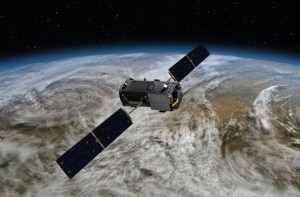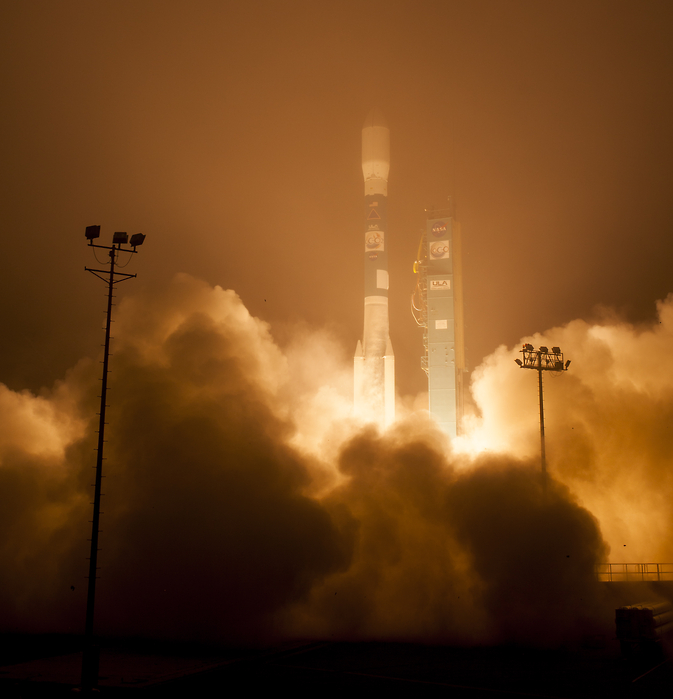NASA today launched a replacement satellite that will help scientists track atmospheric carbon dioxide.
 The Orbiting Carbon Observatory-2 satellite (OCO-2) officially launched early this morning from Vandenberg Air Force Base in California. It is NASA’s second attempt to send a spacecraft into orbit for the purpose of collecting data about greenhouse gases. The first craft crashed into the ocean back in 2009, and the first replacement craft was stopped moments before its intended launch in 2013.
The Orbiting Carbon Observatory-2 satellite (OCO-2) officially launched early this morning from Vandenberg Air Force Base in California. It is NASA’s second attempt to send a spacecraft into orbit for the purpose of collecting data about greenhouse gases. The first craft crashed into the ocean back in 2009, and the first replacement craft was stopped moments before its intended launch in 2013.
The satellite will take samples of the planet’s atmosphere (over 100,000 measurements of carbon dioxide over the entire sunlit hemisphere daily), which scientists will use to create maps of CO² emissions that will help find both the location and sources of carbon emissions.
“Scientists currently don’t know exactly where and how Earth’s oceans and plants have absorbed more than half the carbon dioxide that human activities have emitted into our atmosphere since the beginning of the industrial era,” said OCO-2 science team leader David Crisp of NASA’s Jet Propulsion Laboratory. “Because of this we cannot predict precisely how these processes will operate in the future as climate changes. For society to better manage carbon dioxide levels in our atmosphere, we need to be able to measure the natural source and sink processes.”
While the majority of space-related news goes to our mission of escaping the planet (and one day the solar system), today’s launch is a good reminder of how much we still have left to learn about the Earth itself — specifically how the planet deals with carbon emissions.
VentureBeat's mission is to be a digital town square for technical decision-makers to gain knowledge about transformative enterprise technology and transact. Learn More

